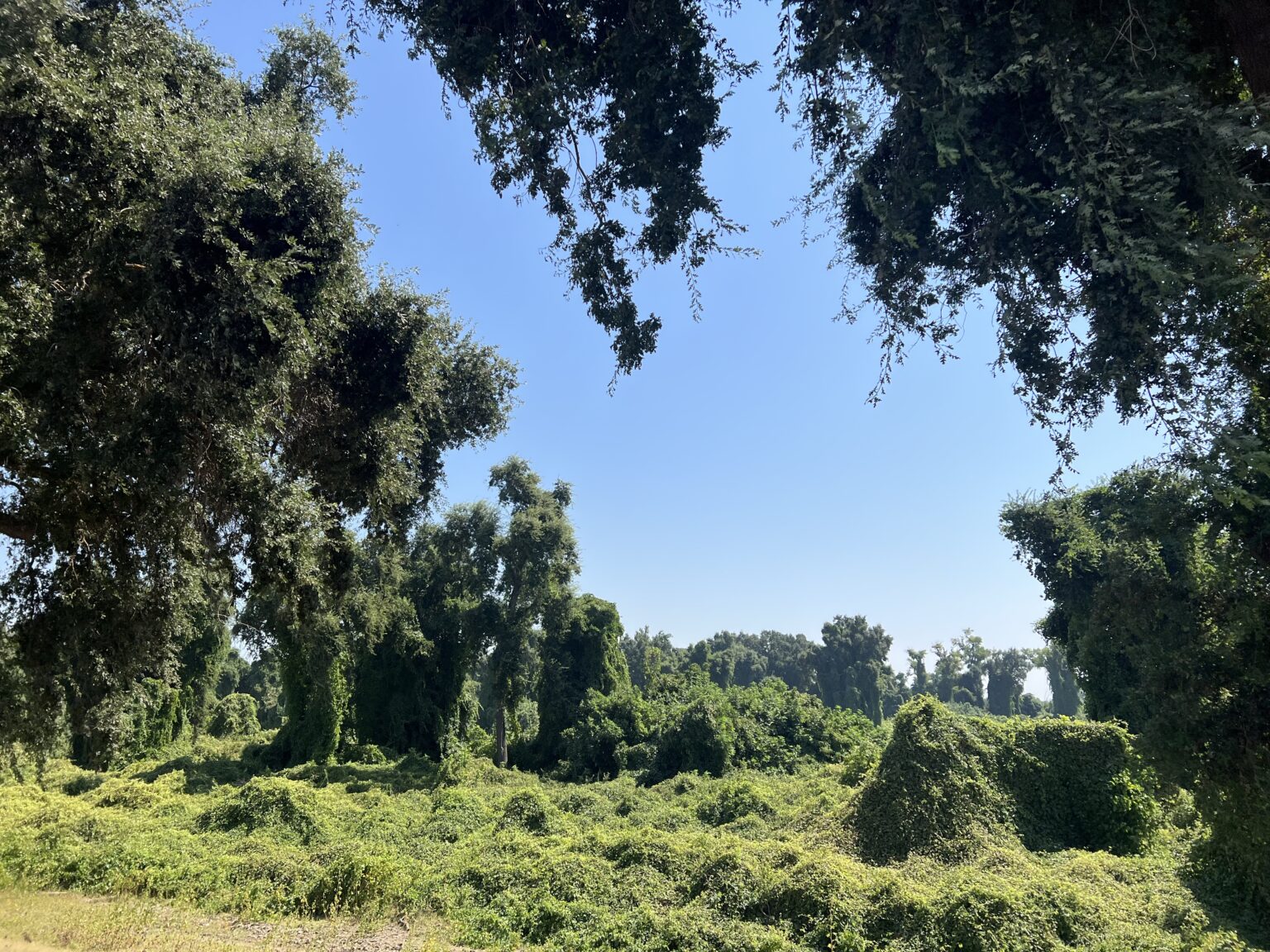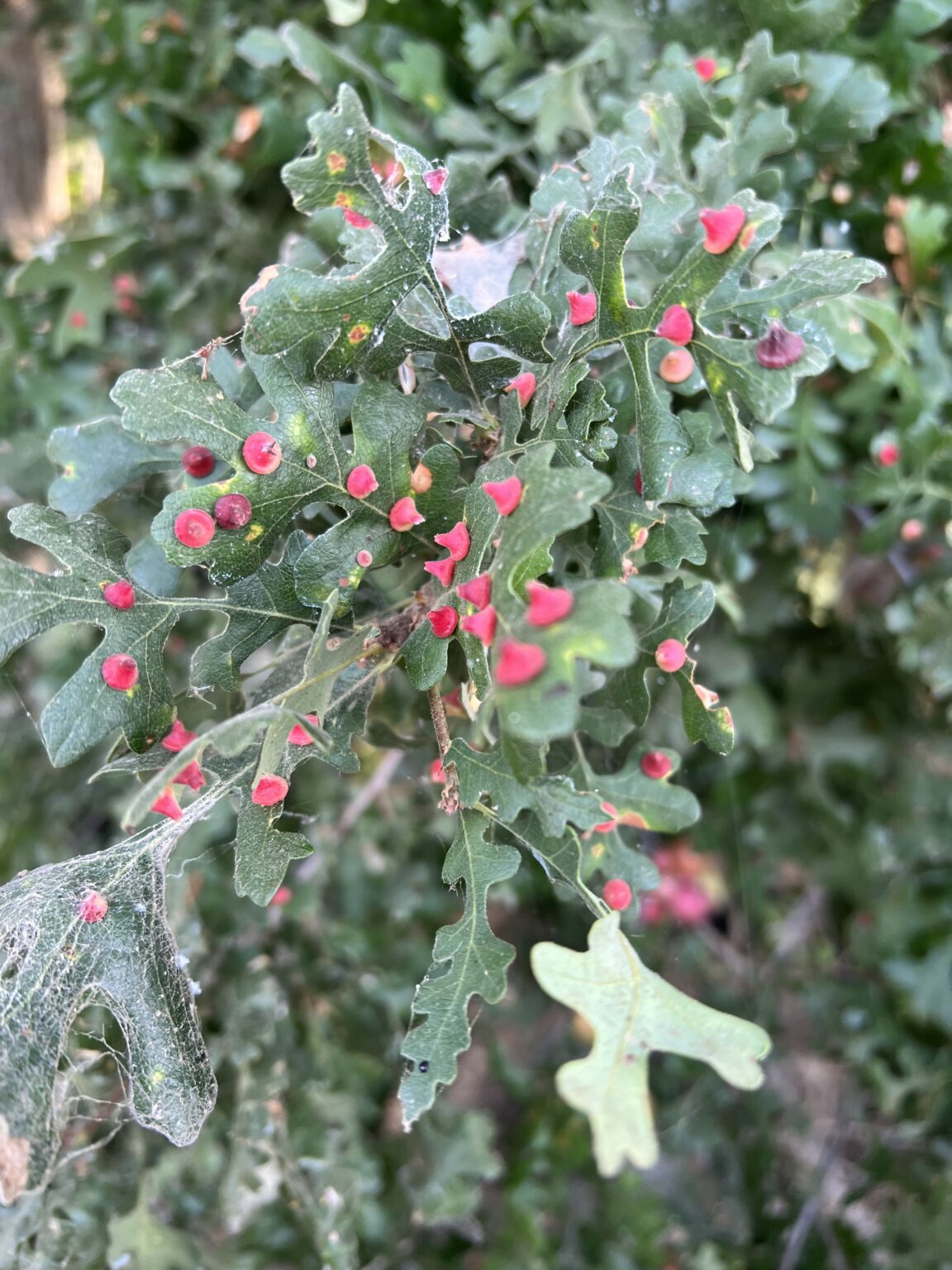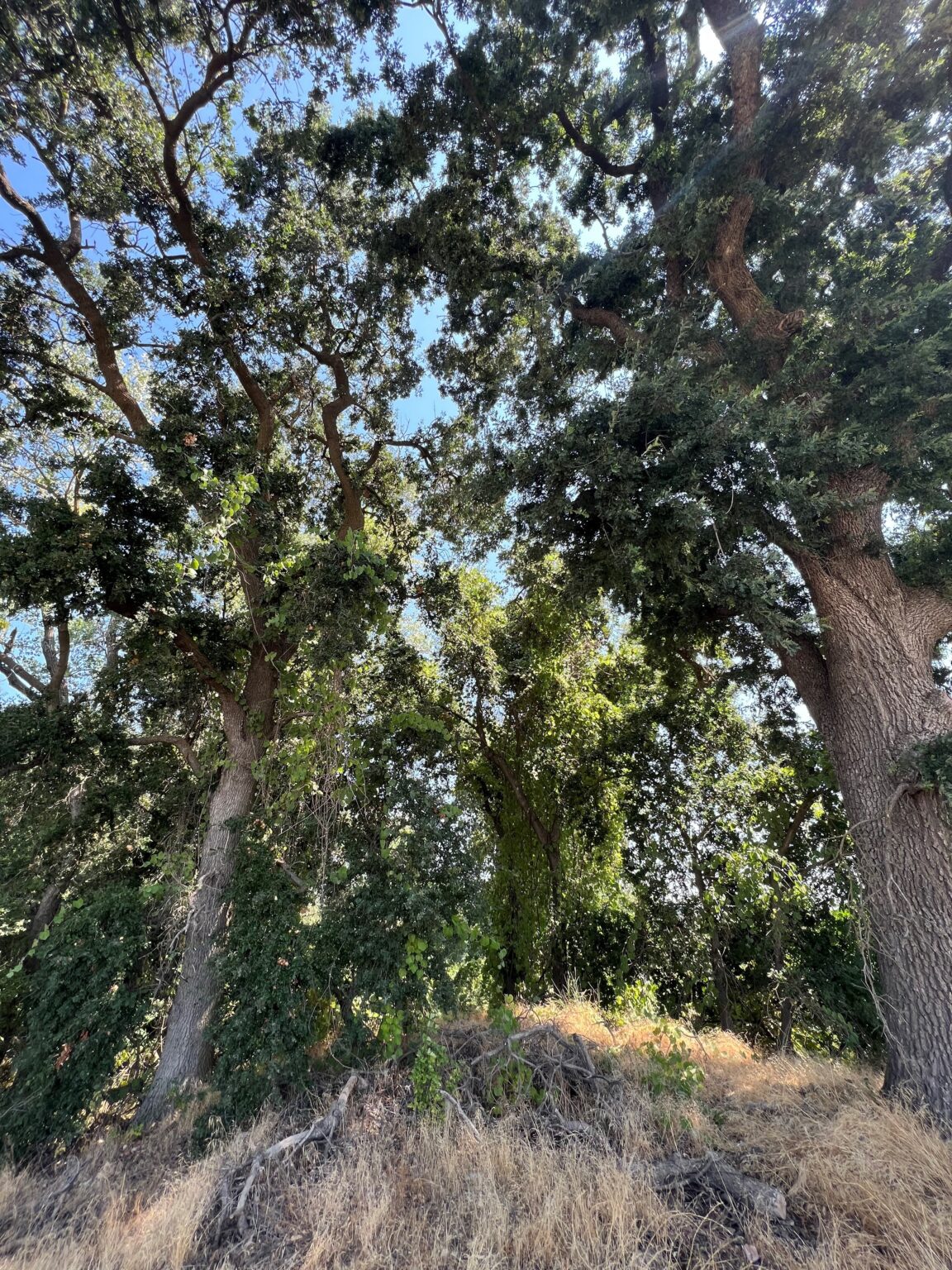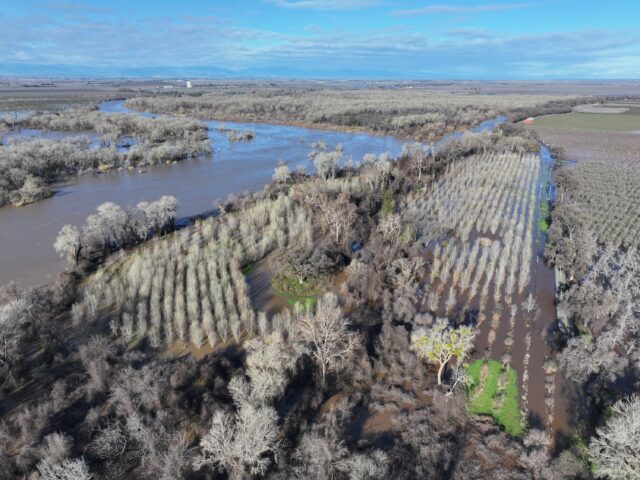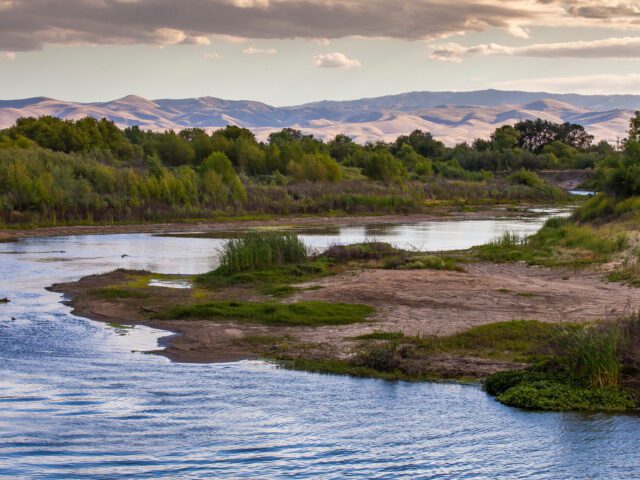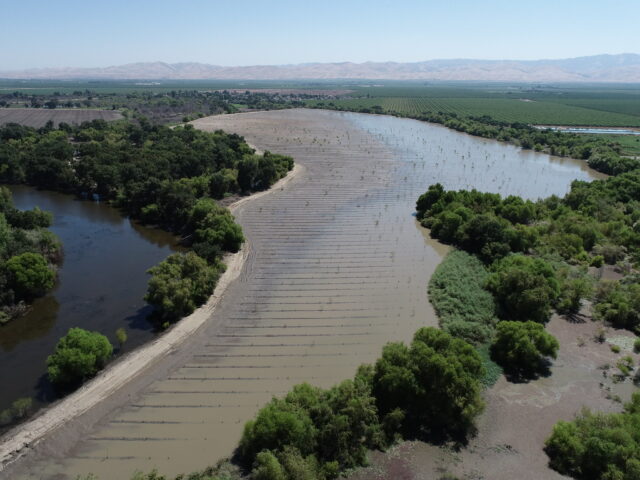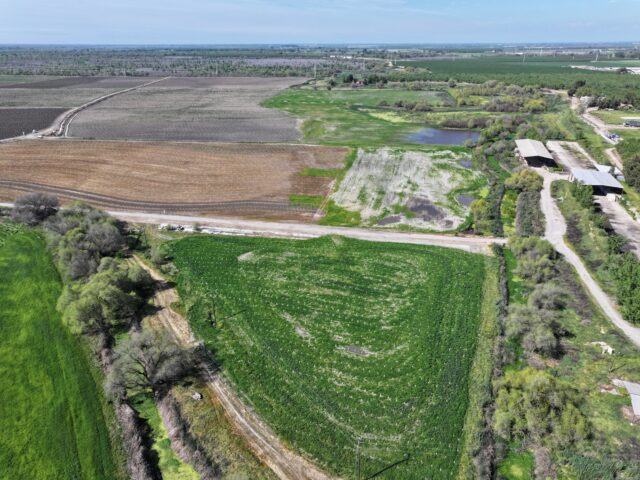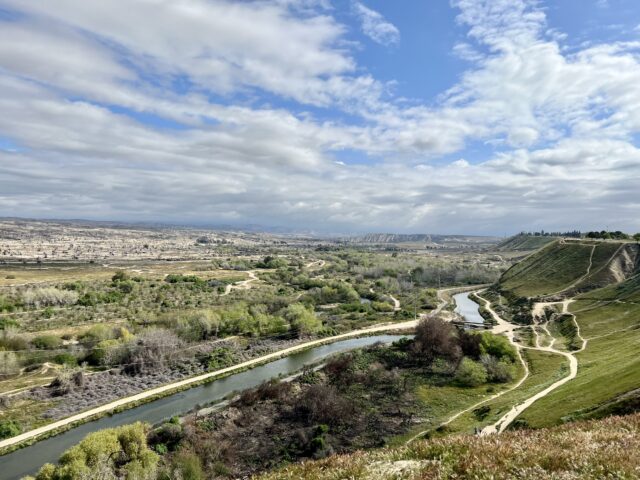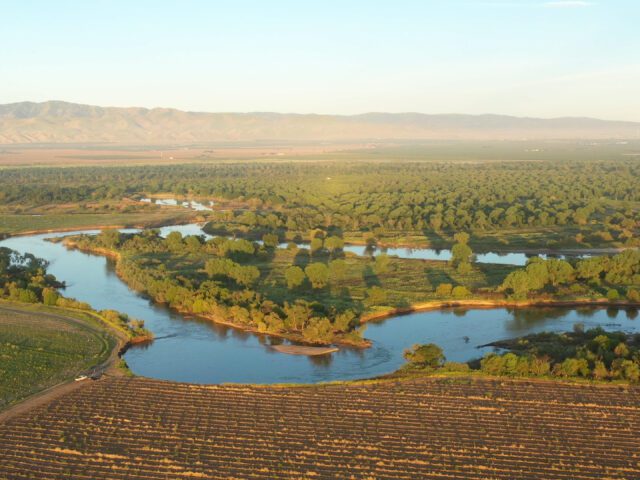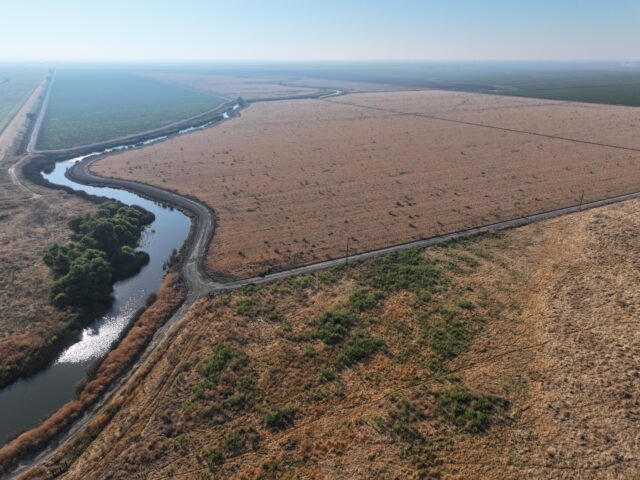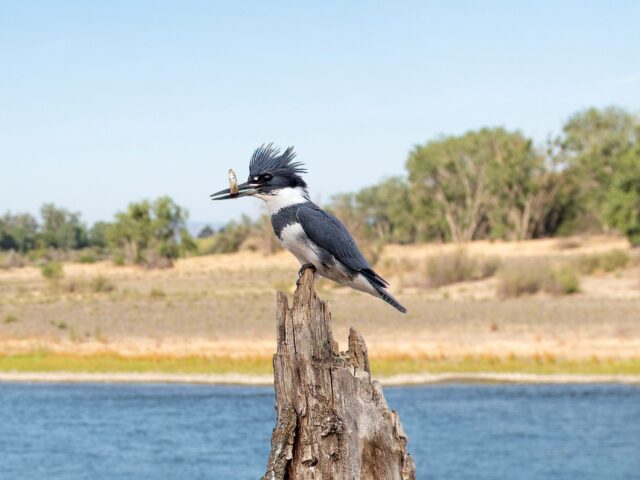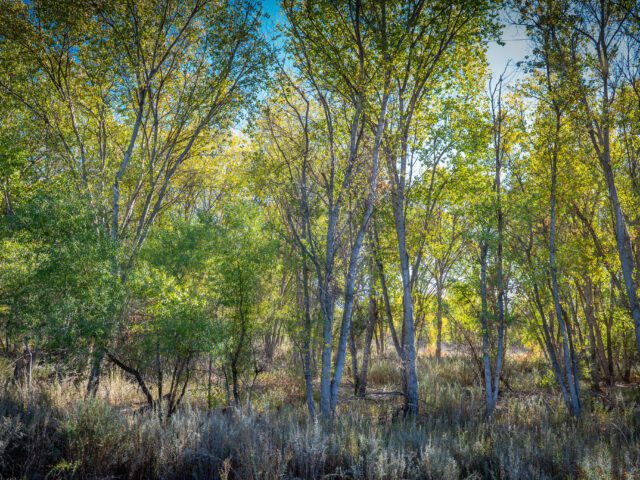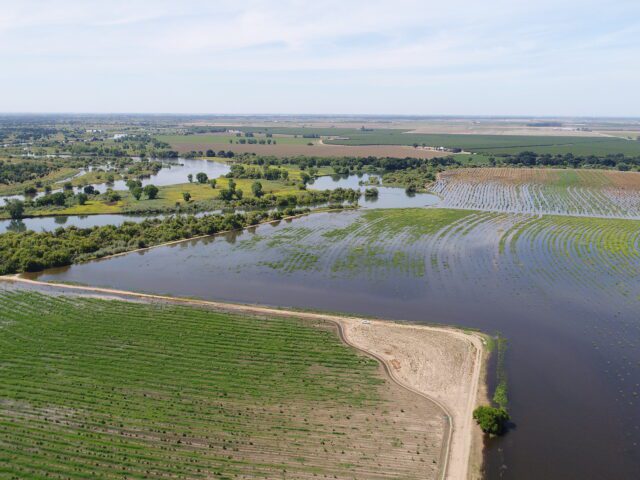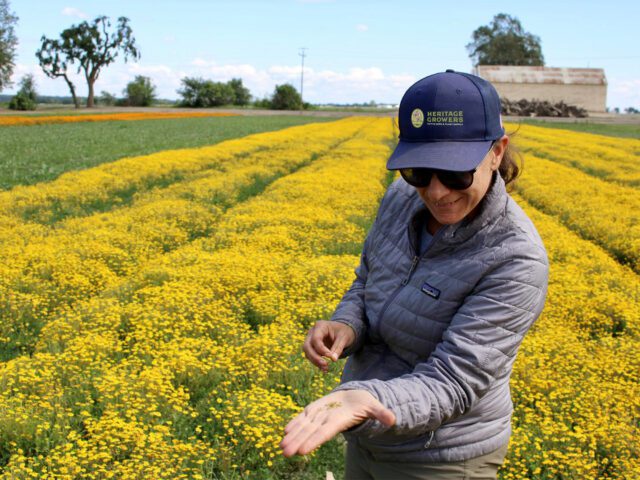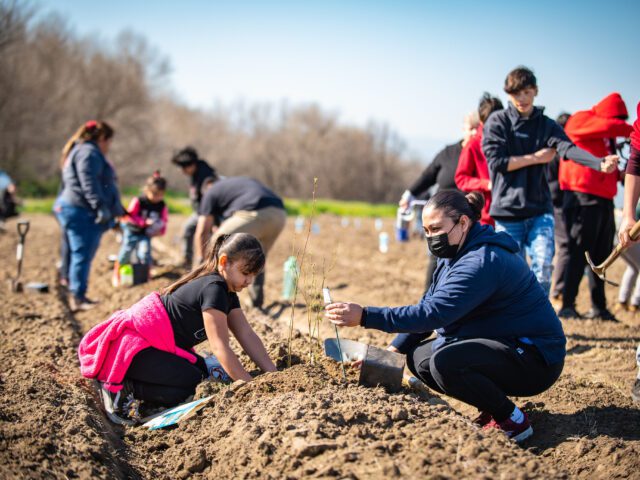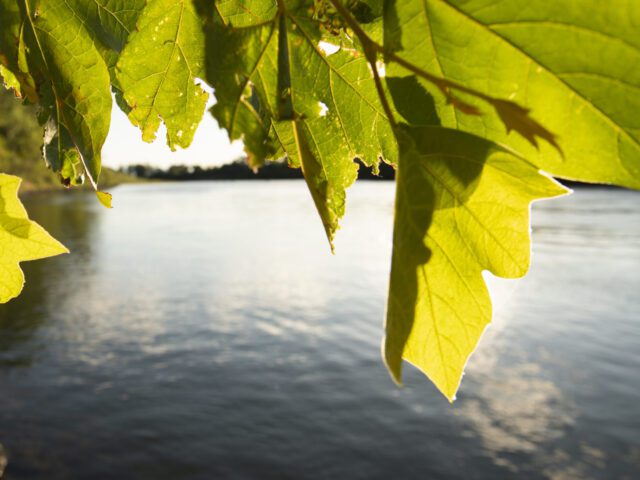The 1,000-acre Turning Point Preserve lies within a 30-mile stretch of the most constrained and habitat-poor section of the Sacramento River, California’s largest waterway. As part of the revitalization, the floodplain will be reconnected with the river to boost flood safety for downstream communities and recharge groundwater aquifers.
The $17.5 million acquisition was made possible through California’s Proposition 1 and California Department of Water Resources’ (DWR) Central Valley Tributaries Program. Additionally, the U.S. Bureau of Reclamation recently awarded $10 million through its Central Valley Project Improvement Act Fisheries Habitat and Facilities Improvement Program for the initial restoration of nearly 200 acres of the property into native habitat over the next five years.
Project Impact
1,000 acres restored
50,000 native trees and vegetation to be planted
9 priority species protected
PLUS
Project will benefit struggling fish species, including all four endangered Central Valley Chinook salmon runs
About Turning Point Preserve
Turning Point Preserve, known historically as China Bend, sits along one of the most habitat-poor stretches of the Sacramento River. Phased restoration, which will begin December 2024, includes restoring two large and adjacent floodplain areas totaling nearly 200 acres with thousands of native trees, plants, and grasses. This includes native vegetation like willows and sedges used by area Native American Tribes to make baskets, tools, traditional foods, and other culturally significant items.
Revitalizing the sites will also involve breaching agricultural berms built along the edge of the property over the last century. Doing so will connect the sites directly to the Sacramento River, create seasonal inundation of the floodplains to increase beneficial salmon habitat, and provide shelter from predators and high, fast-moving river flows.
Once restored, the floodplains will boost flood supplies both on the floodplain and in the main river channel, helping fish quickly grow and migrate through this last, perilous stretch of the Sacramento River to the Pacific Ocean where they will live for up to three years before migrating back up the river to spawn. The project will benefit all four endangered Central Valley Chinook salmon runs, Central Valley steelhead, Sacramento splittail, and other struggling fish species.
Reconnecting the river to the floodplain will also increase available habitat and food for native riparian birds like the threatened Swainson’s hawk, migratory shorebirds, millions of waterfowl that migrate along the Pacific Flyway each year, and important pollinators such as bees and monarch butterflies.
Farming operations on the remaining 800 acres of the property will continue for up to 10 years before being restored.
Project partners include DWR, U.S. Bureau of Reclamation, and American Rivers, a national organization working to protect and restore all rivers, which will lead overall project management.
Photos top to bottom, left to right:
- This site includes native vegetation like willows and sedges used by area Native American Tribes to make traditional foods and culturally significant items
- Fish will be a focal point for restoring Turning Point Preserve
- Valley oak trees are an important part to a healthy ecosystem here
- This site lies within a 30-mile stretch of the most constrained and habitat-poor section of the Sacramento River



